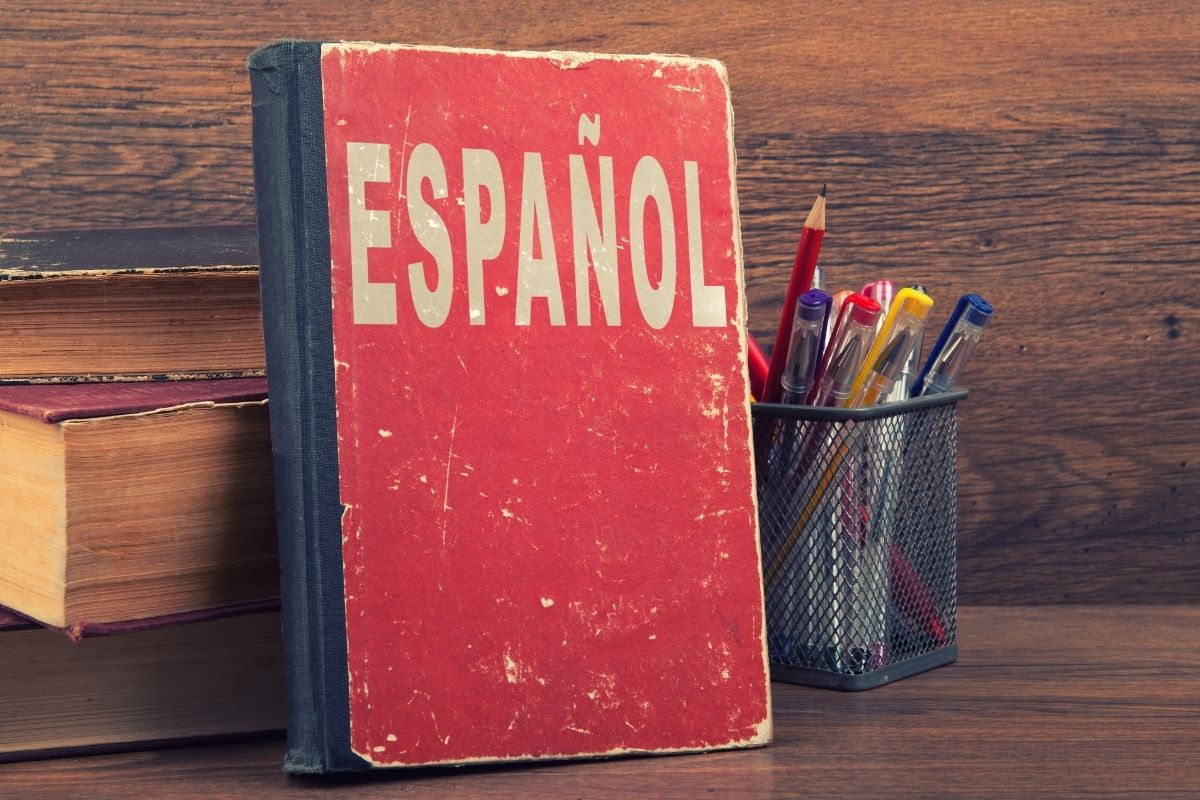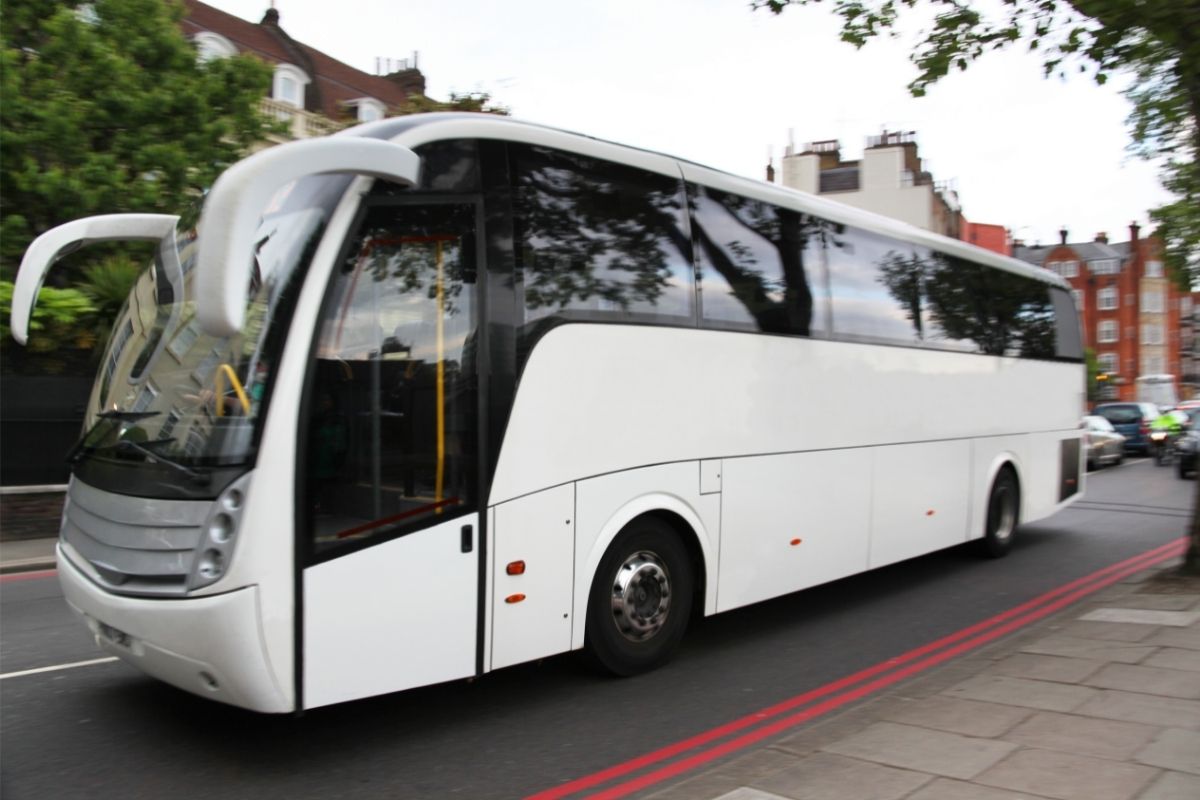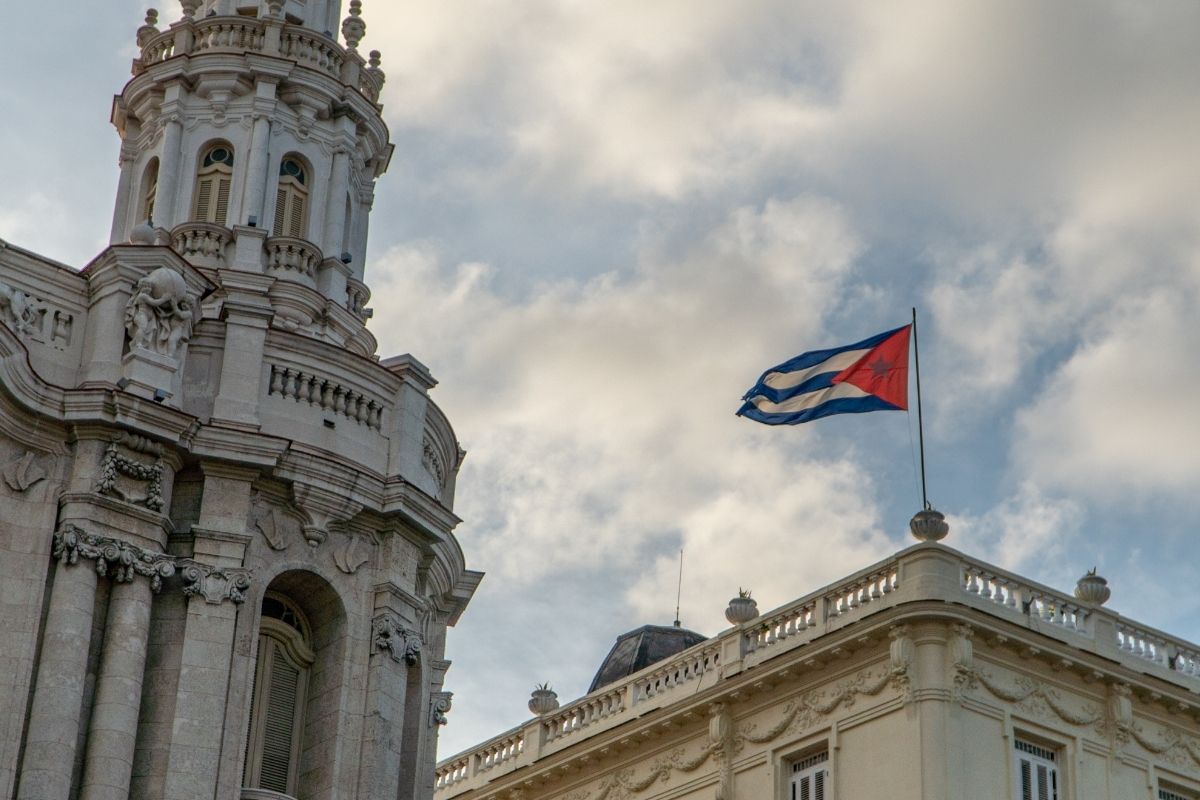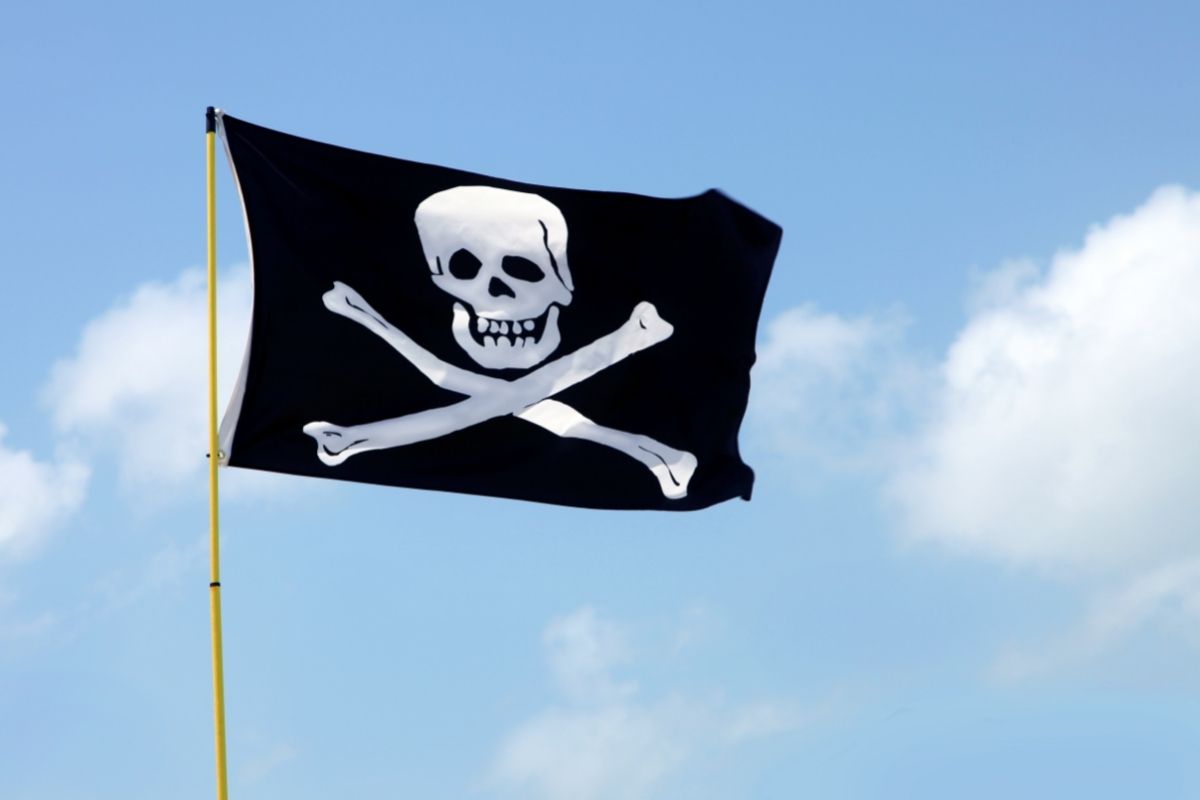Traveling to new places you may find yourself questioning how a place got its name and what the meaning may be behind it.
Often learning the meaning behind a place name can give information about the history associated with that specific place and the reason for its name becomes quite clear.
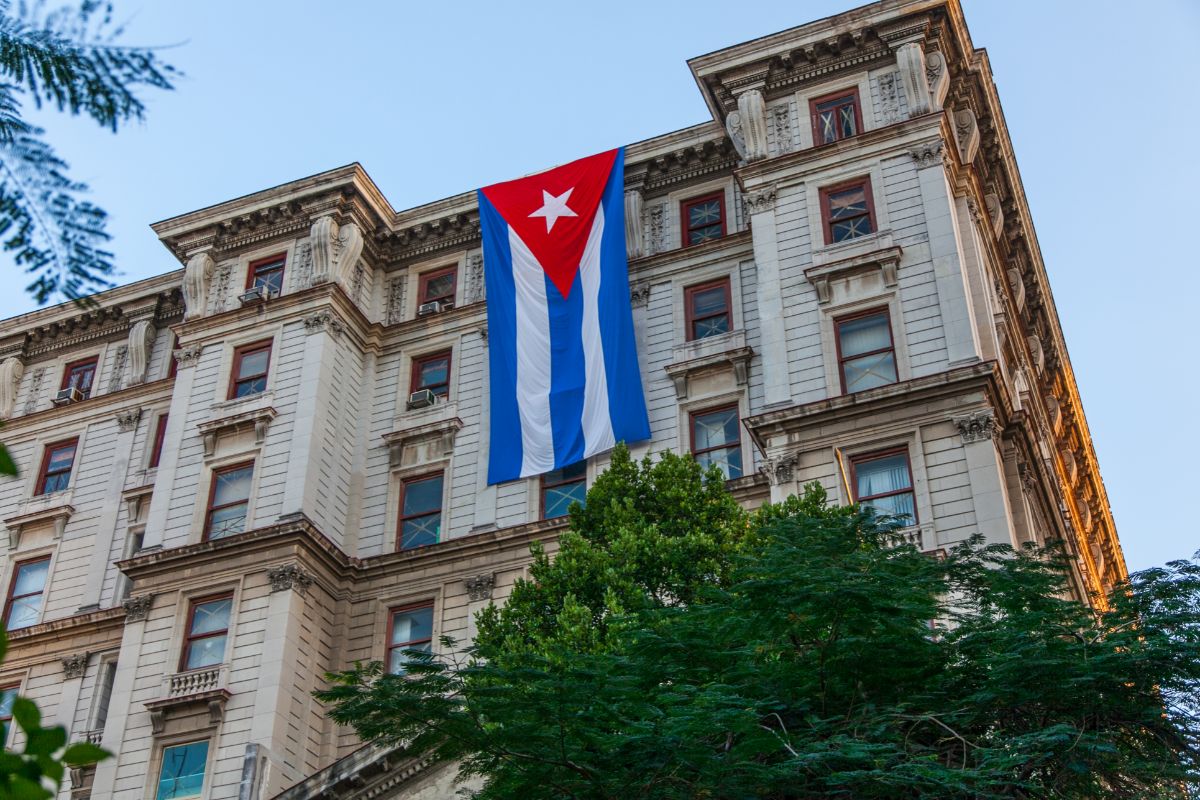
In this piece, we look at the history of Havana, a large city on the main island of Cuba, what the meaning behind the name Havana is, and more.
A Brief History Of Havana
Havana is Cuba’s main port and it is also the leading commercial center of the country and capital city. The city is also one of Cuba’s fifteen provinces, Ciudad de la Habana, City of Havana.
In 1515 the Spanish founded the city and it moved to its current location in 1519.
It became the capital of Cuba in 1553 and became the chief naval station for Spain in the New World which was still being explored and discovered.
The city is situated on the north coast of the main island of Cuba and is a treasure trove of colonial history, colorful buildings, and vintage cars.
Before Fidel Castro came into power in 1959 Cuba was a haven for holidaymakers from the United States.
During Castro’s reign, the city began to crumble into ruin but renovation projects started in 1980, and walking through the city can now transport you back in time.
Walking through the streets of Havana you can expect to see architecture that is heavily influenced by the powers that once controlled Cuba, such as Spain, France, and the United States.
As the city has become more modern and continues to grow the old city of Havana has become a UNESCO World Heritage Site and walking along the cobblestone streets will transport you back in time over 200 years.
Meaning Of The Name Havana
Havana was named by the Spanish when they had control over the island of Cuba. Havana was the sixth town that was formed by the Spanish and it was named San Cristobal de la Habana in 1514.
This name was chosen because it combined the name of the Native American chief who had power over the area of Havana, Habaguanex, the local people at the time, the Habanas, and the name of the patron saint of the region.
Habana eventually became known as Havana due to translations from Spanish to English, Dutch and other languages.
This translated name is also fitting for this beautiful place as it derives from the word heaven and the Dutch word for port, havene.
Havana is still referred to as Habana by locals but on most world maps the city is marked as Havana.
Meaning Of The Name Havana For Children
Havana is also a popular name for children, both boys, and girls and it has a slightly different meaning.
It is listed as a gender-neutral name of Spanish origin and is meant to refer to heaven, beauty, and a safe port. All of these meanings could also refer to the city of Havana.
It is becoming more common that parents are naming children after places. This can often be to honor a family’s place of origin or where a family member of importance may have been born.
For many immigrants naming a child after their home helps them to feel connected and is a sign of respect for the place they will always cherish.
Places To Visit In Havana
Now that you understand the meaning of the name Havana, both as the name of the historical city and as a name for children, let’s take a look at some of the places that you must visit should you be lucky enough to visit Havana.
Old Havana
To get a true sense of the city of Havana our first recommendation is to visit Old Havana, or Habana Vieja as it is known locally.
Old Havana is a UNESCO World Heritage site that is bursting with history, charm, and music dancing down the cobblestone streets.
Head for the square first, Plaza Vieja or Plaza de Armas, before heading to the Palacio de los Capitanes which is where the city museum is based.
Other places of interest in the old city are the majestic Catedral de San Cristobal and the old military fortress Castillo de la Real Fuerza.
If you want to spend some time shopping head for Calle Obispo which has streets lined with shops, galleries, and bustling restaurants. A walk through Old Havana will truly transport you back in time.
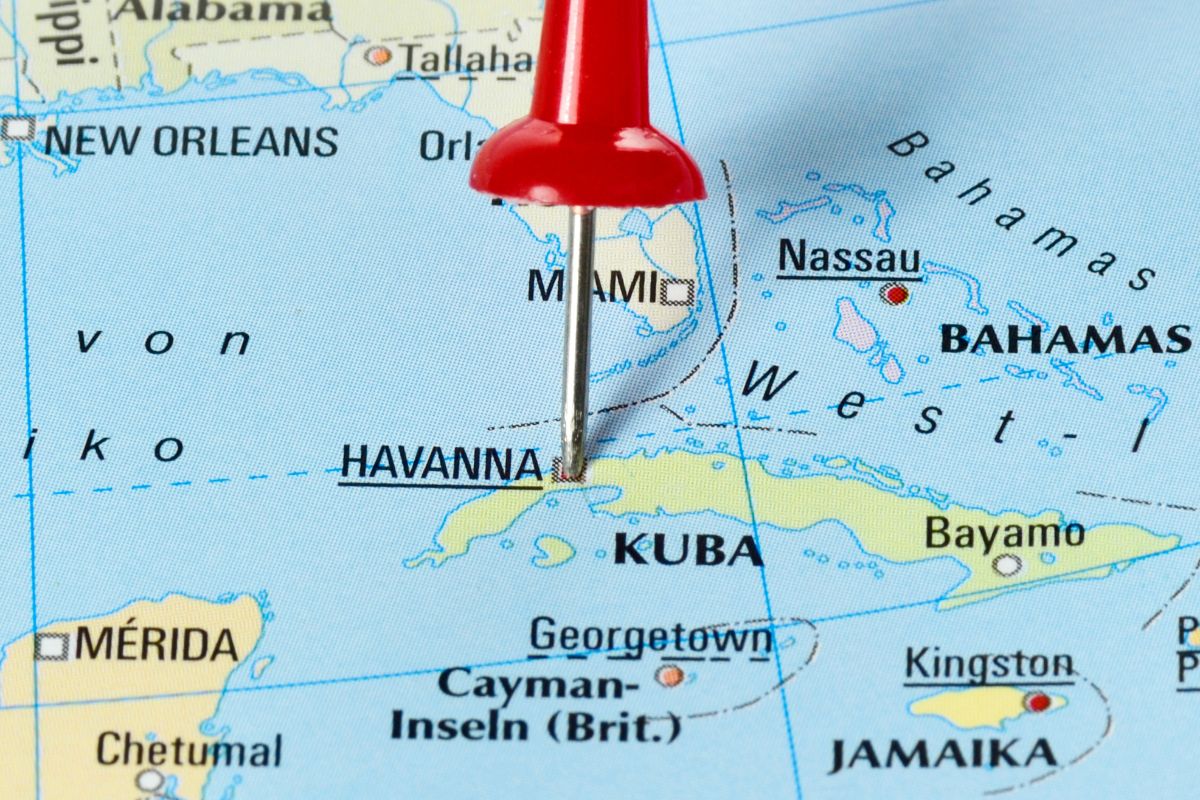
The Malecon
Take a walk along this historic promenade that follows the coastline of this gorgeous city. The promenade stretches from Old Havana to the Plaza ad Vedado area.
Take in the surrounding architecture while watching the sun set.
Many locals come to fish here and it is a favorite walking spot for local families and couples.
If you want to take a break during your walk, take some respite in the World Heritage Site of the Hotel Nacional de Cuba, which has had guests such as Marlon Brando, Marlene Dietrich, and Frank Sinatra.
Fortaleza De San Carlos De La Cabana
If you don’t mind a short walk in the Havana sunshine we recommend heading for the Fortaleza de San Carlos de la Cabana which is in the Parque Historico Militar.
This impressive fort sits at the top of La Cabana hill.
It was constructed in 1770 and was one of the largest forts built by the Spanish at that time.
The fort was home to a military prison during the Batista regime and then after the Cuban revolution, it was used as the headquarters for Che Guevara.
There are now several museums on the grounds, each dedicated to a time during the life of the fort. From the top of the fort, there are stunning views of the city and the surrounding shimmering sea.
At 9 pm each evening there is a cannon-firing ceremony which is incredible to witness.
Museo De La Revolución
If you want to learn more about Cuba’s struggle for independence we strongly recommend visiting this museum which highlights the country’s journey.
It is housed in a former presidential palace which is worth seeing in itself.
Behind the museum, you will find the boat that brought Fidel Castro and his gang from Mexico to Cuba on display. A boat that brought great harm to this beautiful city and country.
Museo Nacional De Bellas Artes
For any art lovers, the art museum in Havana is also worth a visit. The museum’s collection is spread across two buildings and is home to both contemporary and ancient works of art.
You can view countless works including sculptures, prints, and paintings.
Gran Teatro De La Habana
In the heart of the city is the world’s largest opera house which is a find that most people are shocked by. The building is exquisite from the outside in and was designed by a Belgian architect in 1915.
If you are lucky enough to be in Havana when a performance is on it is worth attending to get a full sense of the majesty within the theater walls.
Final Thoughts
We hope this guide has answered any questions you may have had about Havana and where this magnificent place got its name from.
- What Is The Largest Island In Cuba? - September 19, 2022
- Havana – Why Is It Cuba’s Most Exciting City? - September 19, 2022
- Cheapest Time To Visit Cuba (Ultimate Guide) - September 19, 2022


